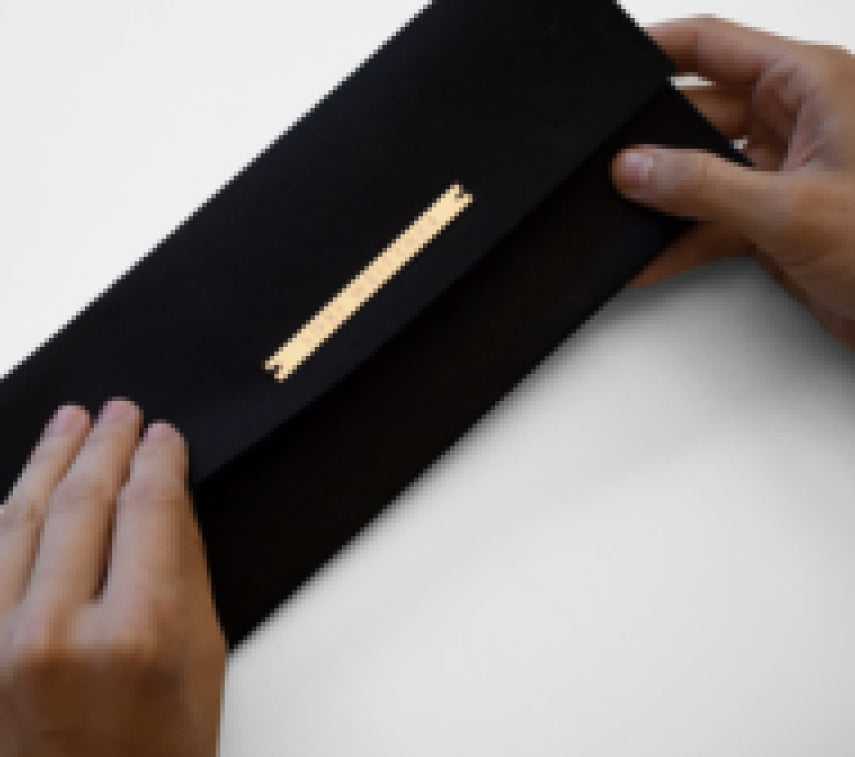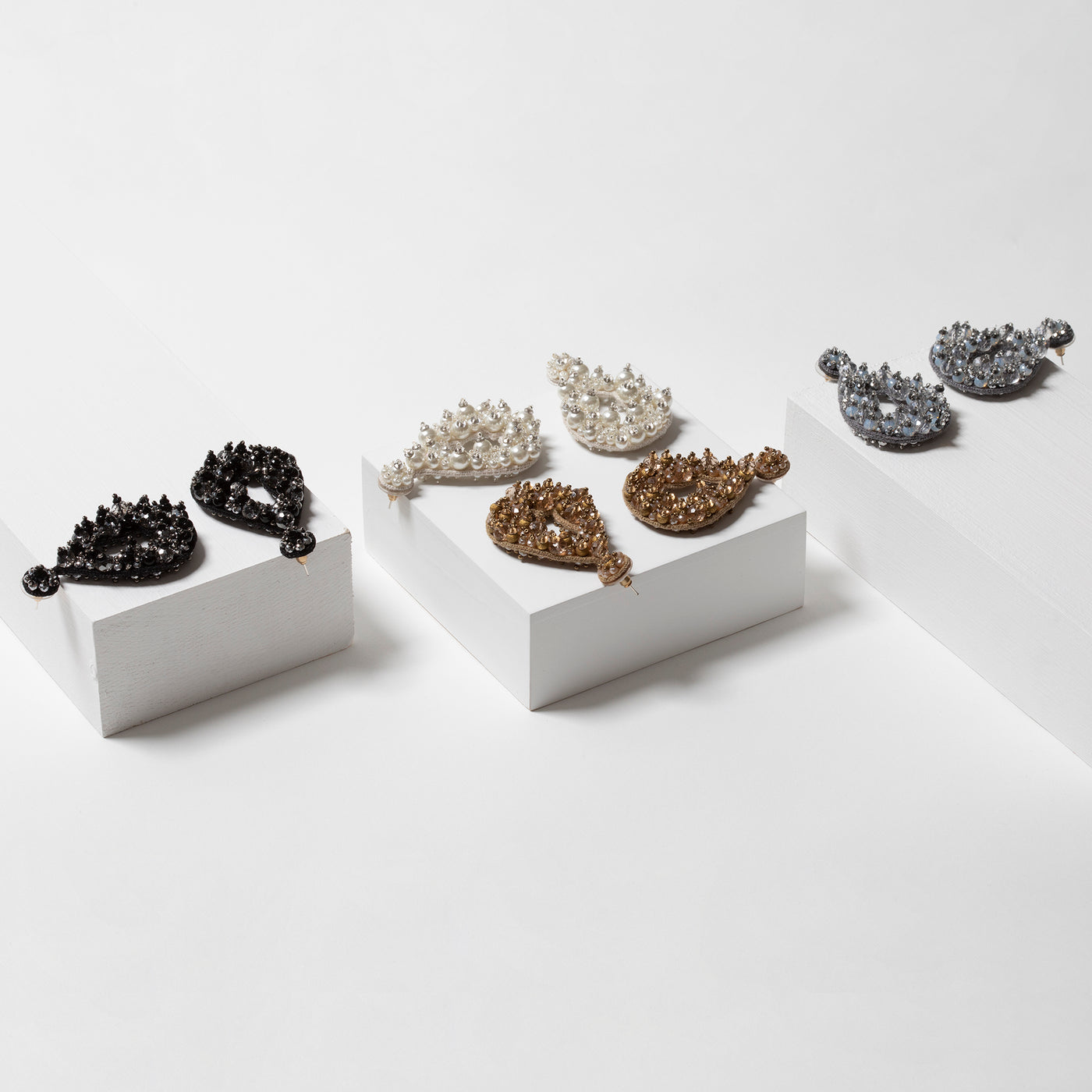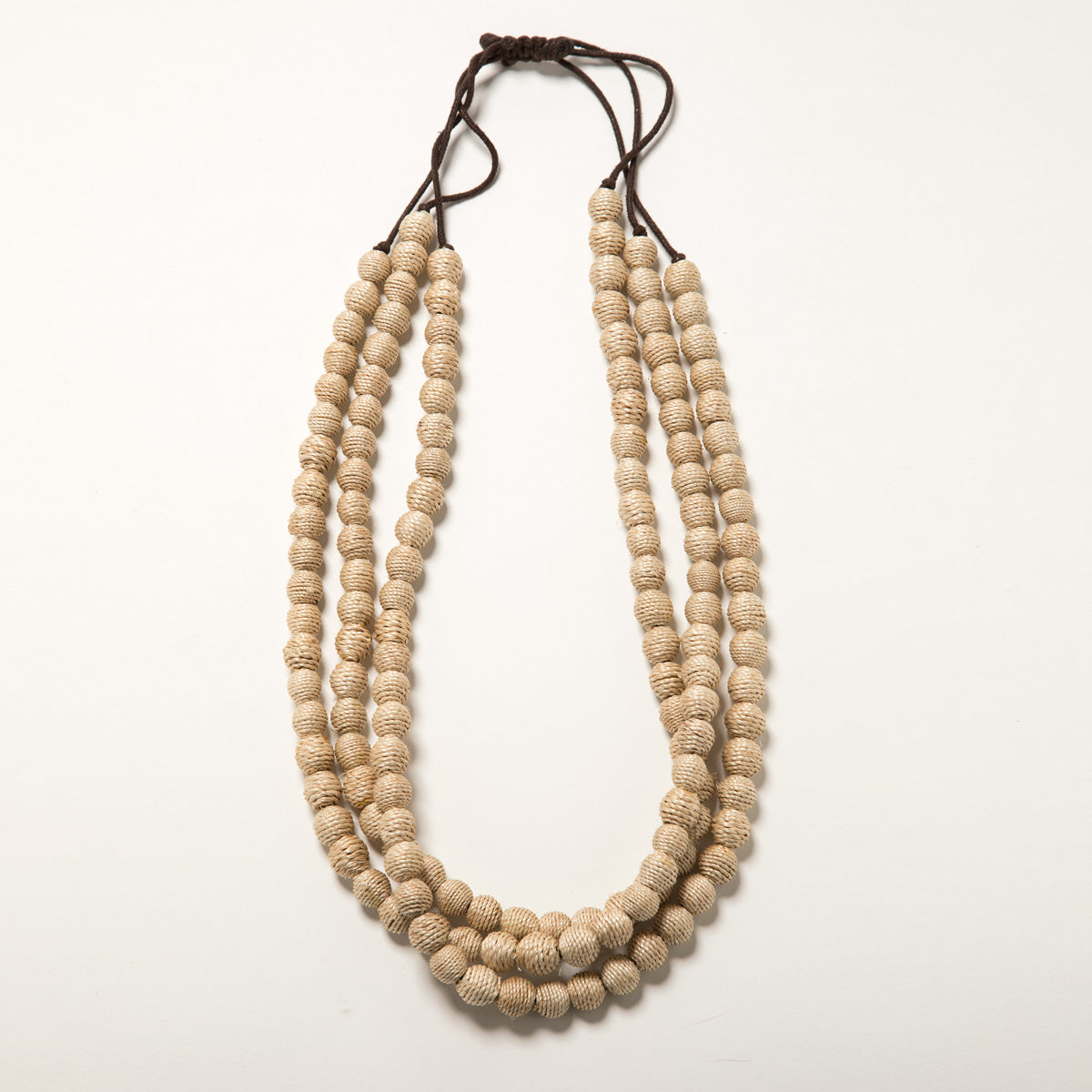
One of the (many) privileges of working in the arts is the opportunity to work with other artists who create beautiful things. Scott Jones is one of them.
Scott is a photographer on whose artistic and technical talents I have relied for years to showcase my own creations, the most recent of which he captured during a photoshoot in the glorious Flatiron District of Manhattan. We are excited to unveil those new products next week (stay tuned)! In the meantime, we wanted to share a behind-the-lens glimpse into Scott’s work as a professional photographer, as well as some images from our Flatiron photoshoot with him and our lovely models.

We did a Q&A with Scott Jones about his experiences as a photographer, enjoy!
What are the specific challenges of photographing jewelry and accessories?
There are always challenges when shooting anything to be honest. I think creativity in many ways is about problem solving. The trick is to be able to do it quickly, consistently, and on time. I think speed is crucial to my creative process. ,,First thought, best thought! Don't over think it, and trust your inner voice - your instincts. If it looks good it is good! That sounds simple, but I can't tell you how many people I see struggle with making decisions because of their “perfectionism” - trust yourself and get on with it! Regarding the problem solving aspect, consider the various elements to be satisfied in order to meet your clients needs - and get hired again! Essentially the image must look beautiful, and also work for the intended purpose (websites, social media, print, speaking engagements, and will it help sell the product, etc).

Do you prefer working in a studio or on location (and why)?
I like location work the best. It’s just fun to walk into different environments and figure them out. Where are my angles, and where is the natural light coming from - if there is natural daylight. If not, or there needs to be additional light added, where can I place my lights for the best effect. The location will tell you where and how to approach your shots but you have to develop a sensitivity to hear what the space is saying to you. When I was first starting out as a location photographer I often had epiphanies about how to approach a location shoot - while I was driving home afterwards! It used to take that long for all the nuances of the location to seep into my consciousness. As I have matured I find that I’m able to grasp the mysteries of a location's hidden gems much more quickly - mainly through shooting a ton of pictures right away, as soon as I arrive, knowing that the clock is ticking. Again, speed is key for me! This helps me familiarize myself with the space even if those preliminary shots are never used in the end.

How long, on average, does it take to get “the shot” of a product you are photographing?
This can be all over the map. Ideally, you want to hit it on the head right away, but generally you just hope to get close. I think of my early attempts at getting the shot as sketches. Then I can share these images with the client and use them as a springboard to getting what will eventually be the final shots. It also gets my client involved, and works collaboratively with me which I find enormously helpful. What better than to have the person with the authority to decide on when the shots is right. This approach also takes the pressure off of trying to “nail” it right out of the box (which does happen-- sometimes). You quickly work your way through the weeds is my approach. Of course there are times when I want to keep pushing to make the shot better even when the client feels satisfied with the results and wants to move on. This is when I must balance how much time we have to complete the job against getting a great shot or a “good enough” shot, and also weigh the egos involved, expectations, reputations, etc.

How many of your projects involve live models?
Short answer is lots. Do you consider working with non professional “real people” as models? When I first started out as a pro shooter I was shooting only for magazines, and advertisers and within that editorial/commercial world I was seen by photo editors and creative directors, and art buyers as a real person environmental portraitist. I tended to be quick (you see a through line here?) and good with people so I was able to deliver consistently good results. I kept getting hired so I was doing something right - right? That's a mystery photographers live with; no feedback other than you get called again for more work or you never hear from that client again. As the world changed and most magazines went down in flames I broadened my list of specialities to include interiors and the associated businesses that are part of the interiors world like textiles, and design. Also event work and private commissions, and shot numerous crafting books with a strong lifestyle/fashion bent. Most of these have usually involved live models or at least people outside of the strictly interior design stuff.

What is your favorite war story from your years as a photographer?
Luckily I have had very few problems shooting professionally. As much as word of mouth about me helps get me hired again and again it also assures me of new quality clients who are in a sense vetted by the people I worked with previously who in turn recommended me. I know and trust the previous clients (paid on time, kind, cooperative, etc) so their friends and acquaintances and colleagues tend to follow suit.
However, I was initially afraid of shooting celebrities after hearing so many horror stories about shoots that went south. But I never experienced that luckily. I used to shoot a lot of celebs for InStyle Magazine for their Cause Celeb section. And everyone I met that way always treated me respectfully. I can tell you though that I was a bit starstruck when I photographed Sir Patrick Stewart down in Washington DC (I’m a big Star Trek nerd). I was to document a meeting of Amnesty International, of which Mr Stewart was associated, and to get some portraits of him alone and with all the young people (students maybe?) who were meeting with him at Amnesty’s HQ that day to report on their travels to far flung troubled spots around the world. I arrived several hours early to set up and light a few different scenarios.
While I was on an upper floor I could hear his familiar voice booming up from below, but I was sure someone had put a TV on with a Star Trek episode. He wasn't due to arrive yet. In my mind the students and staff were getting psyched for a rock concert (so to speak) by listening to their favorite album to get in the proper mood. Then he walked into the room. Gulp. I tried to be cool. But he was so friendly and super gracious I felt at ease very quickly and we got on with the pictures right away. After all, as this was a Wednesday, he was between performances of Othello and had to get back to the theater to get into makeup again for the evening performance! He was cool as a cucumber. Not sure I could say the same.
View Scott's work and learn more, visit his website scottjonesphotography.com


